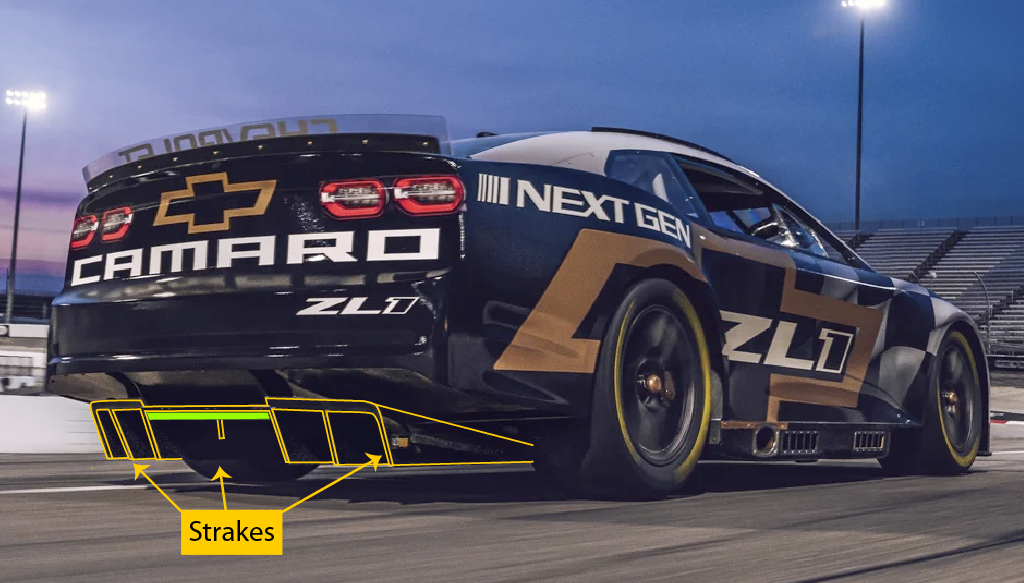By Matt Weaver, Special Contributor
NASCAR is expected to implement a modified Cup Series aerodynamic package for short tracks and road courses this season.
Following a two-day test last month at Phoenix Raceway, a fairly last-minute effort to improve the racing product on those types of tracks, series officials have presented to teams this week a reduced downforce configuration to be used at some point this season.
This all became necessary after the Gen-7 underperformed at short tracks and road courses due to a combination of turbulence and increased mechanical grip. In simpler terms, passing proved to be a challenge on heavy braking tracks as a result of dirty air and increased corner speeds.
READ MORE: Drivers Detail Why This is So Important
NASCAR took the data from the test back to its Research and Development center in Concord, North Carolina and crafted an update that would not require teams to purchase any new parts or components — an important distinction because the entire selling point of the car was its fixed cost and spec nature.
The key changes are as follows:
- A 2″ spoiler down from the 4″ spoiler utilized last season
- Removing the center three rear diffuser strakes
- Removing engine strakes
- Adding 1″ additional splitter stuffer than used on short tracks and road courses last season
- Horsepower to remain at 670
WHAT THE CHANGES ARE DESIGNED TO DO
The competition update is designed to reduce underbody efficiency. The biggest hurdle for short tracks and road courses for the Gen-7 is how much aerodynamic grip is produced by its completely sealed underbody.
Certainly, the wider tires and larger brakes have produced additional mechanical grip but that’s only a fraction of the challenge. When a trailing car followed a leading car into the corner on short tracks and road courses last season, the trailing car was subjected to a wall of air pushing it up the track.
The rules update is designed to offset that underbody efficiency balanced with spoiler reductions as well. It’s going to make the car harder to drive but hopefully easier for a trailing car to follow a leader while also making it less planted in the corners.
Car owners have made it clear they do not support any changes that will require additional spending on parts but these rules will only ask teams to remove certain components.
THE CHANGES DETAILED
This graphic from NBC Sports last year details the location of the diffuser strakes within the larger rear diffuser. NASCAR is removing the three center strakes with the hopes of reducing underbody stability.

The shorter rear spoiler is pretty self-explanatory with NASCAR running variations of the shorter rear lip from 4″ to 2″.
A splitter stuffer is a component that bolts onto the splitter to reduce airflow and downforce. A 1″ larger splitter stuffer will further reduce airflow and overall downforce. The piece is shown in red in the graphic below.

Removing the engine strakes will reduce front stability to balance out the reduction of rear stability.
Understand that all of these rules work in concert. Any change to the rear of the car has to be matched by changes to the front. And while observers frequently call for an increase in horsepower, a reduction of overall downforce effectively creates the same effect.
All told, it’s a fine line for NASCAR to balance because too much downforce creates the kind of problems personified by the Gen-6 NA18D rules package from 2019-to-2021 or the Gen-7 short track and road course results in 2022. Too little downforce gives the drivers less ability to race side-by-side and complete passes.
Making it more challenging for the Sanctioning Body is that teams find downforce as they spend more time working on a given rules package. It’s all effectively part of the cat and mouse game played by the industry at the highest level.











Connect with Us
To RSS Feed
Followers
Likes